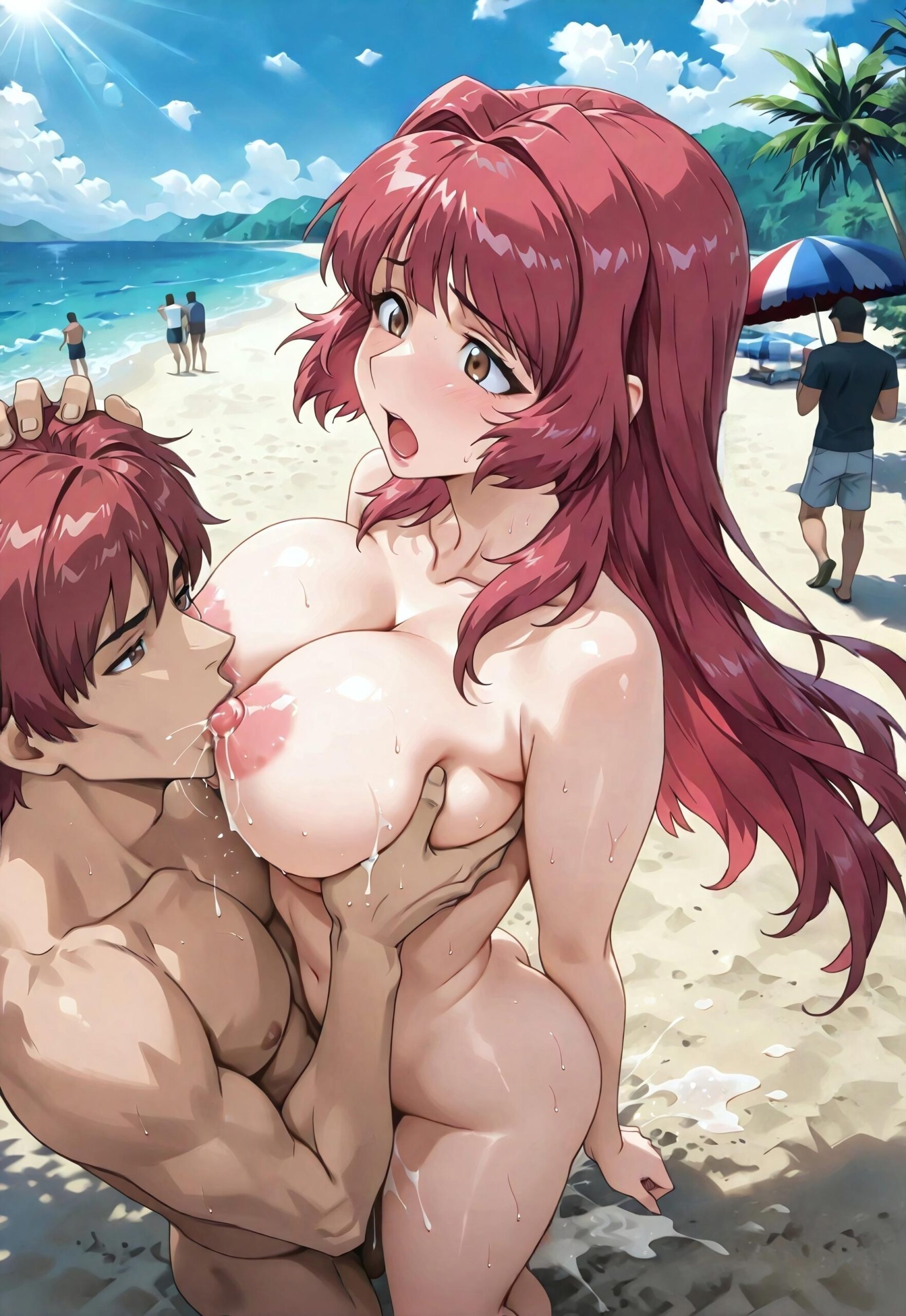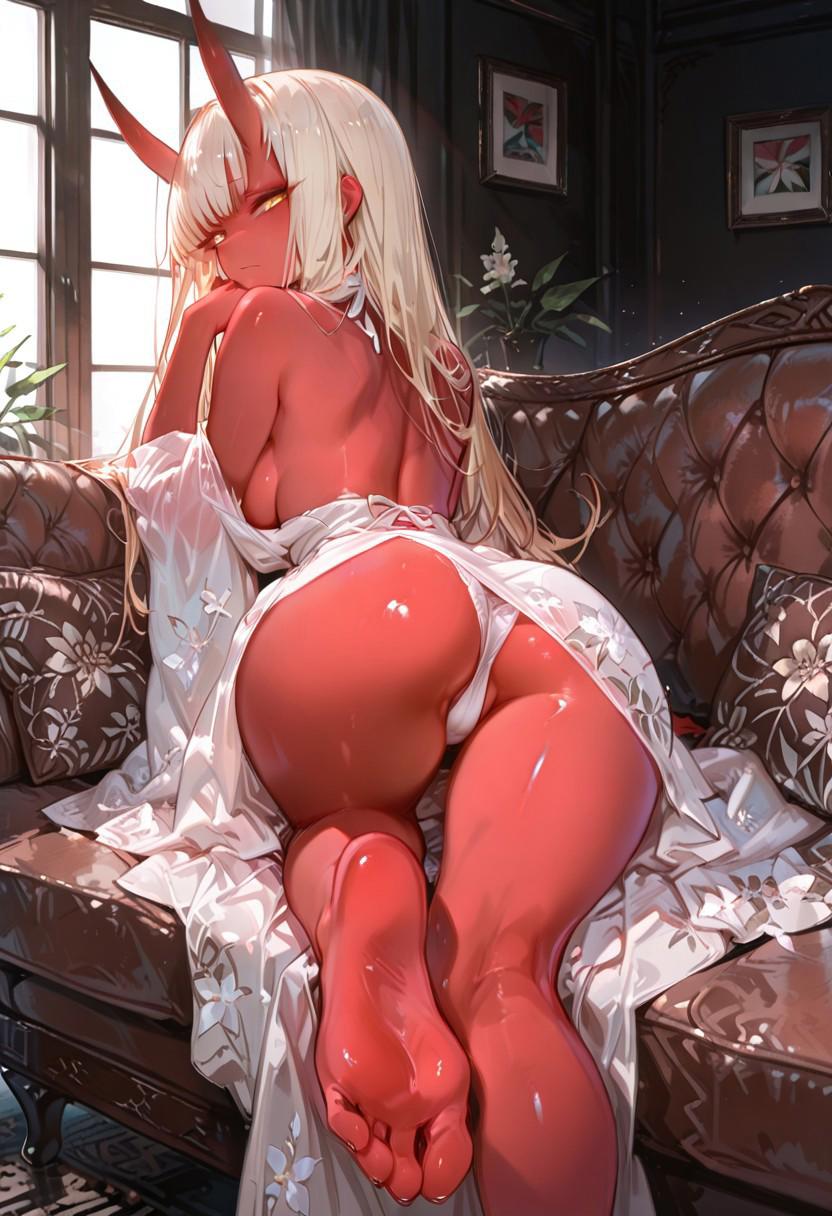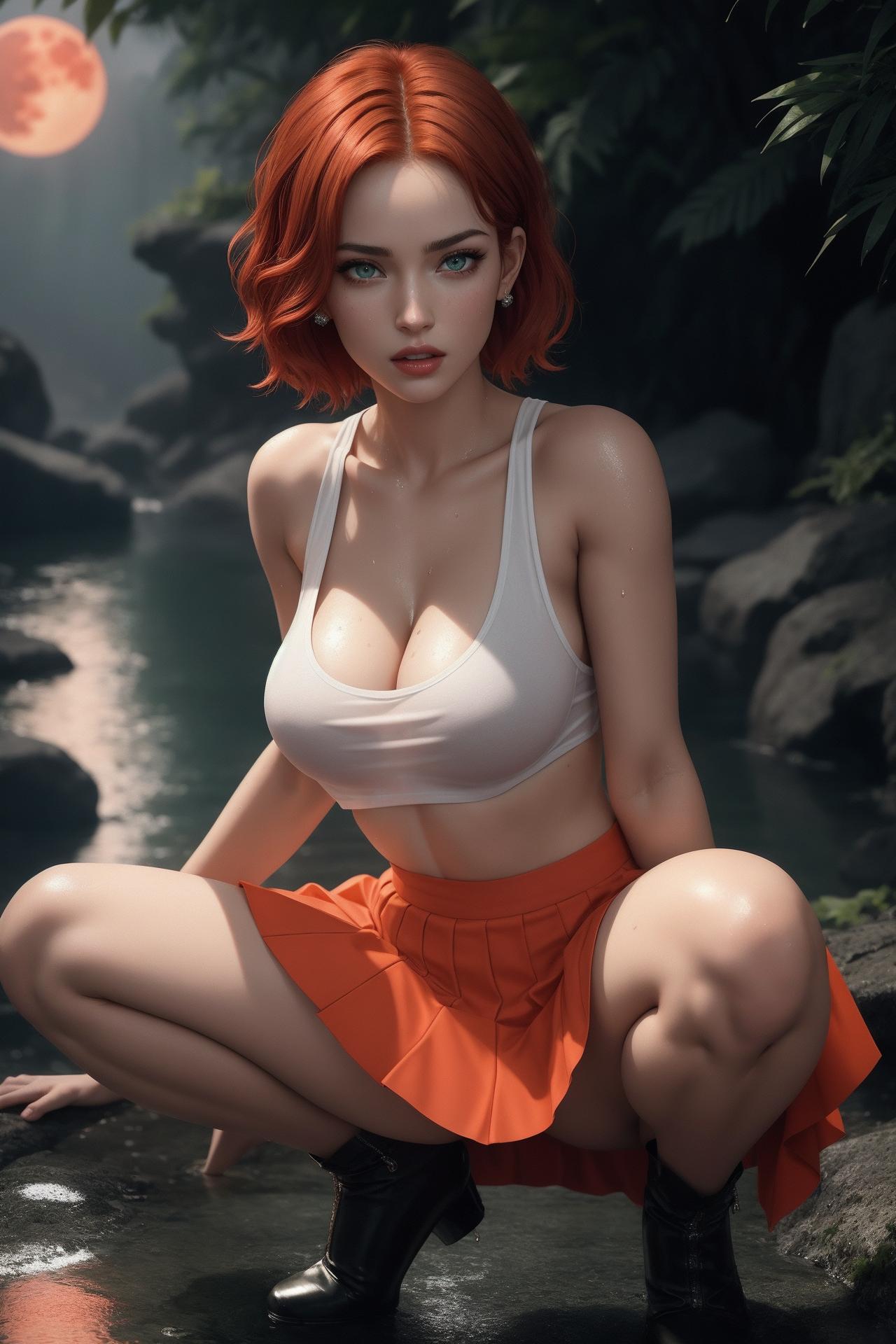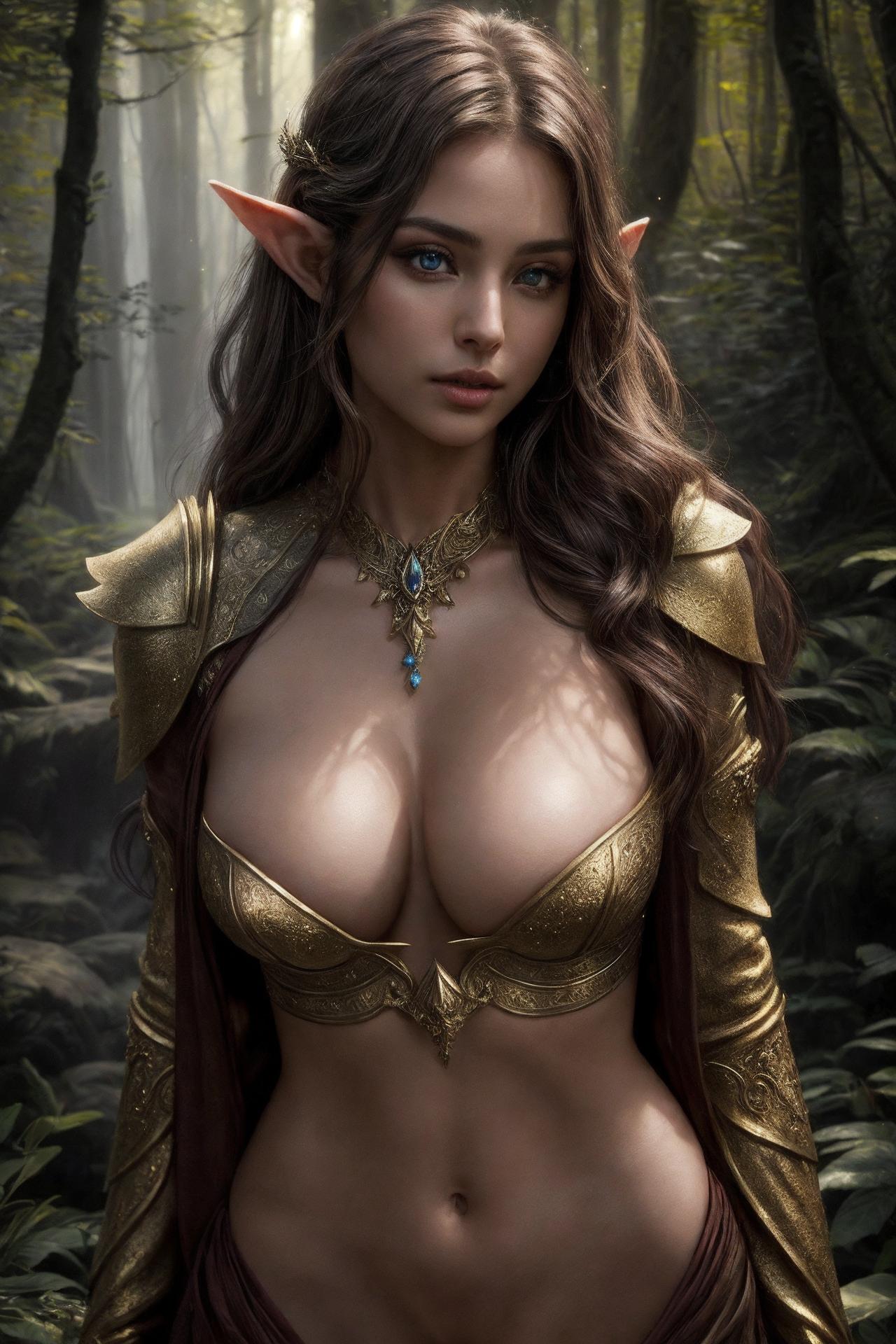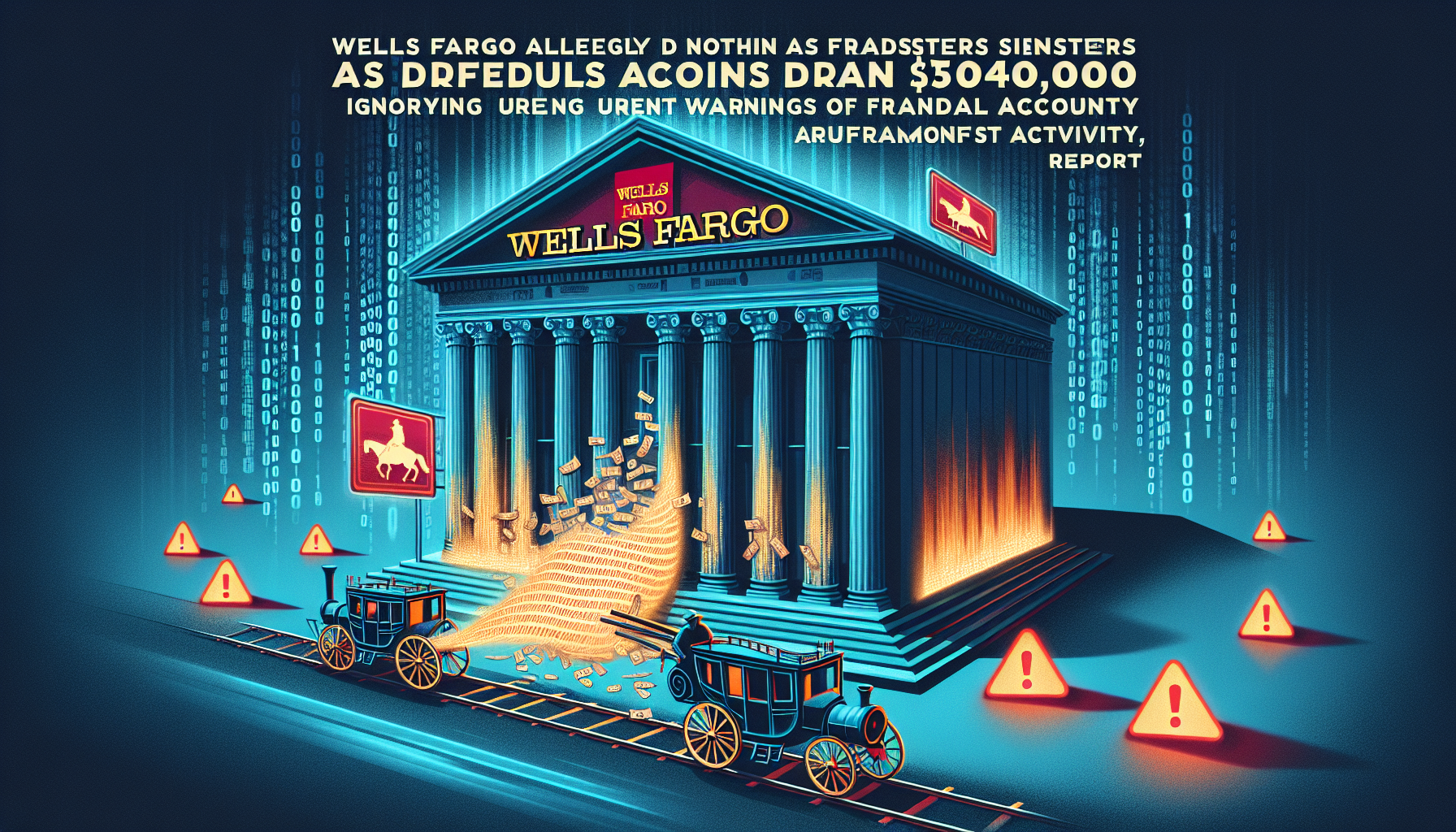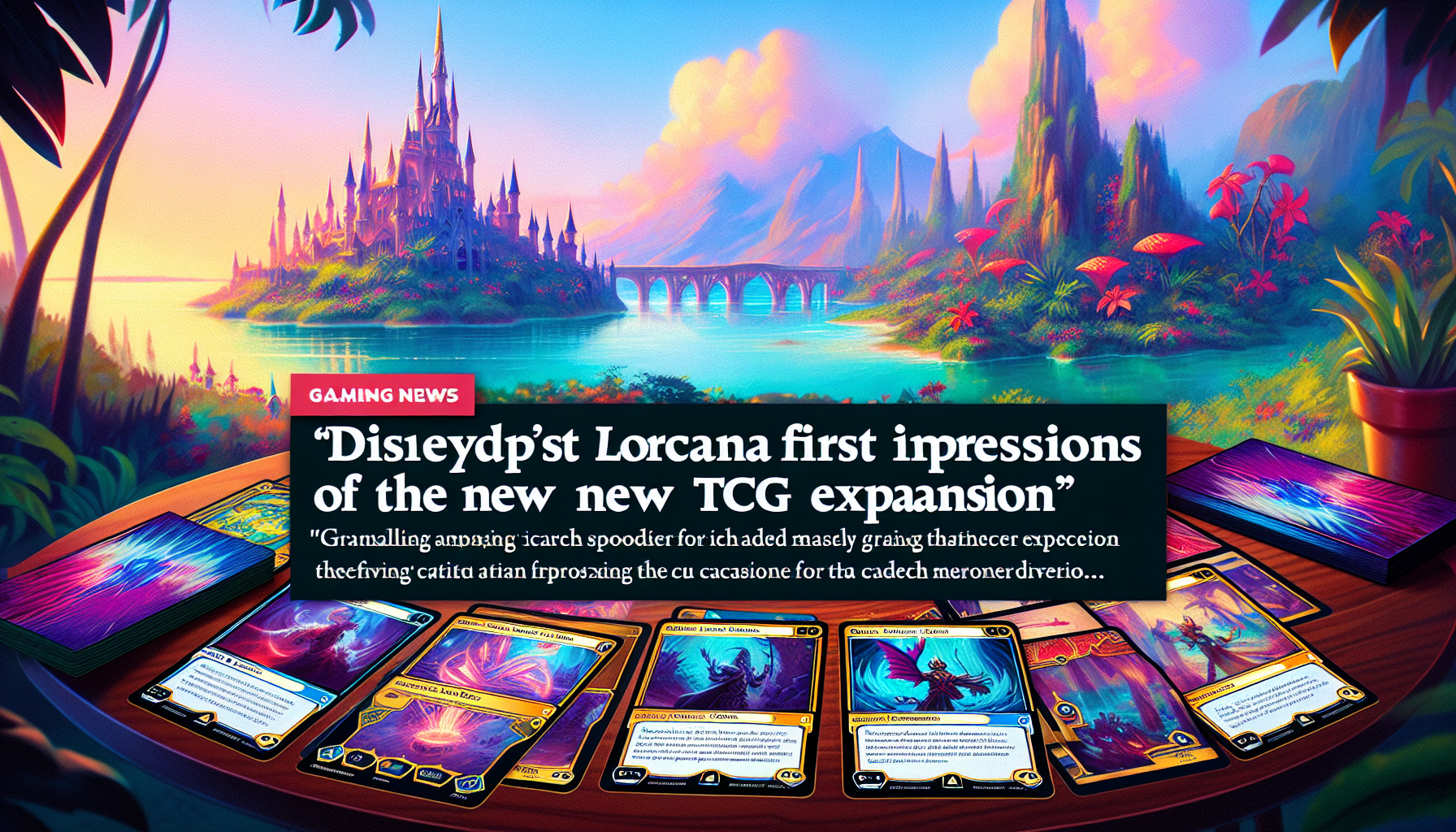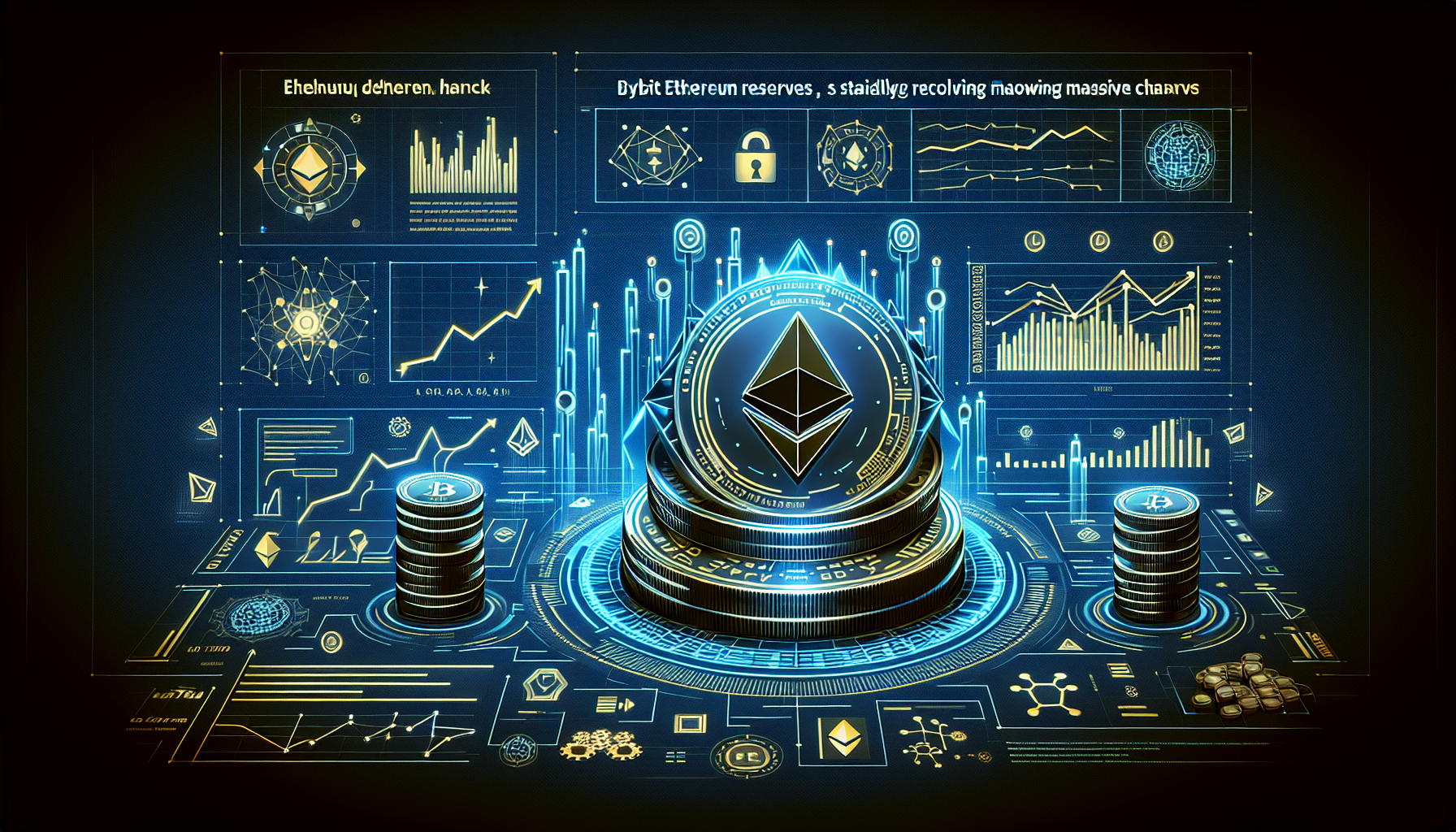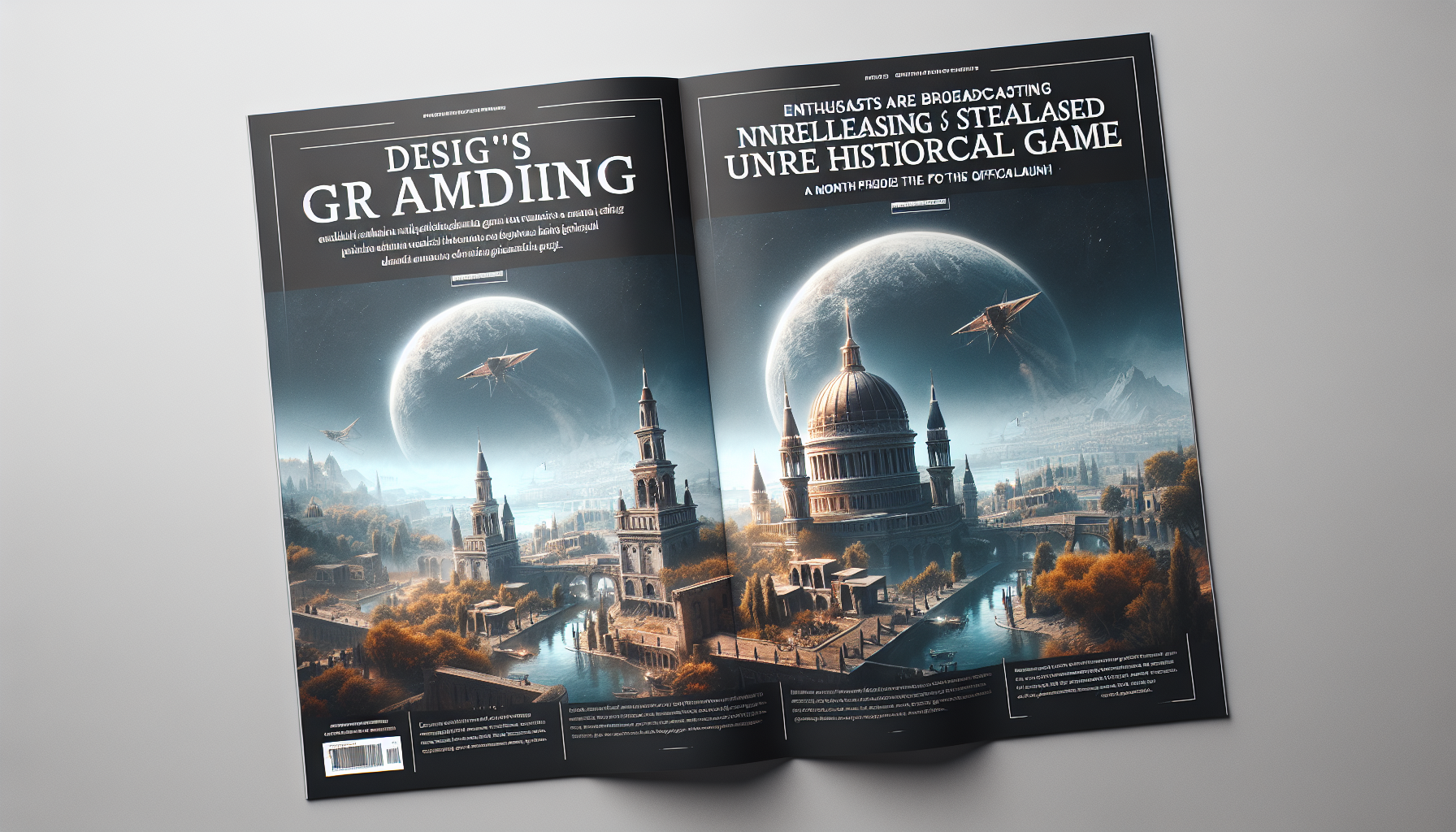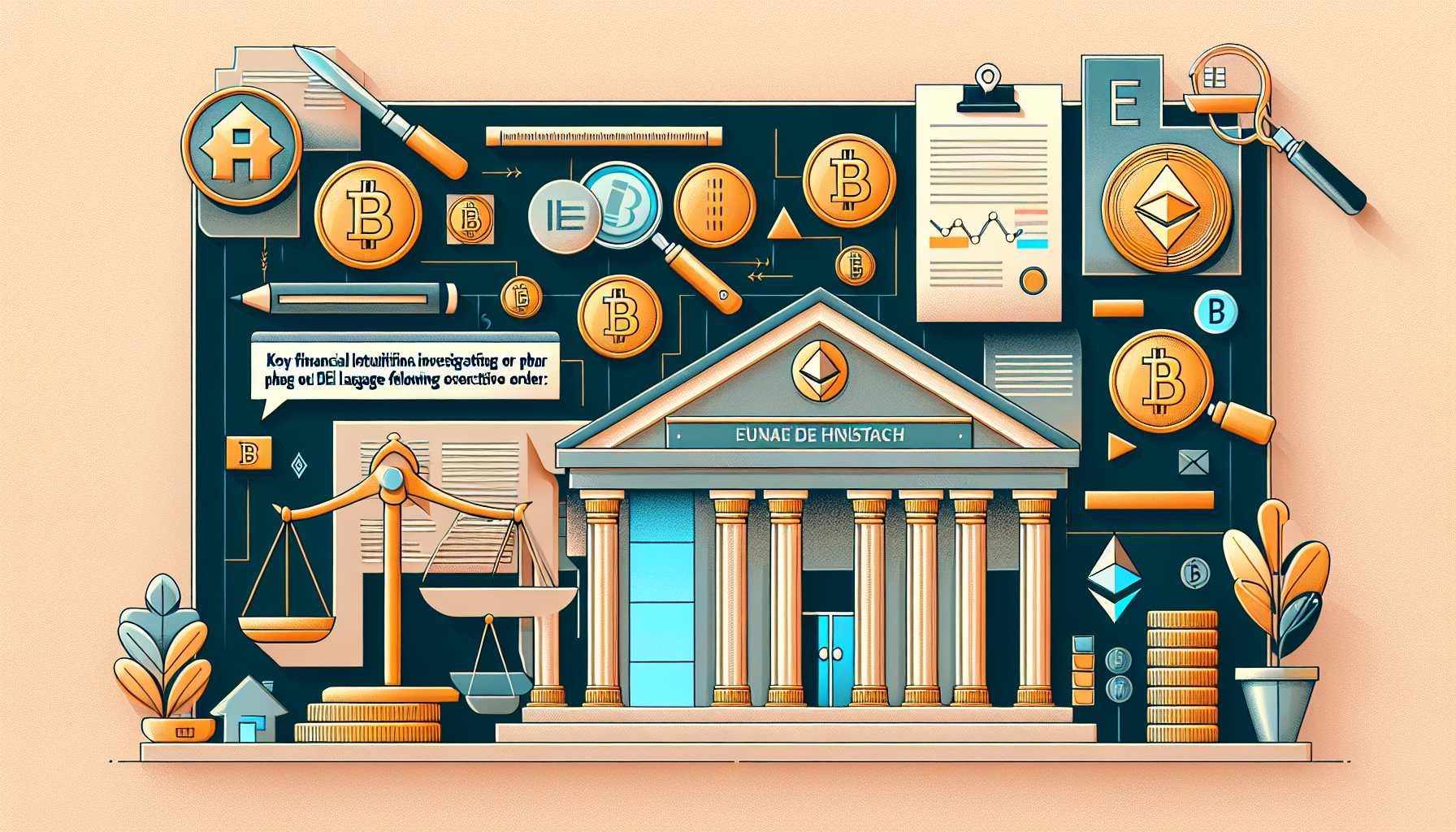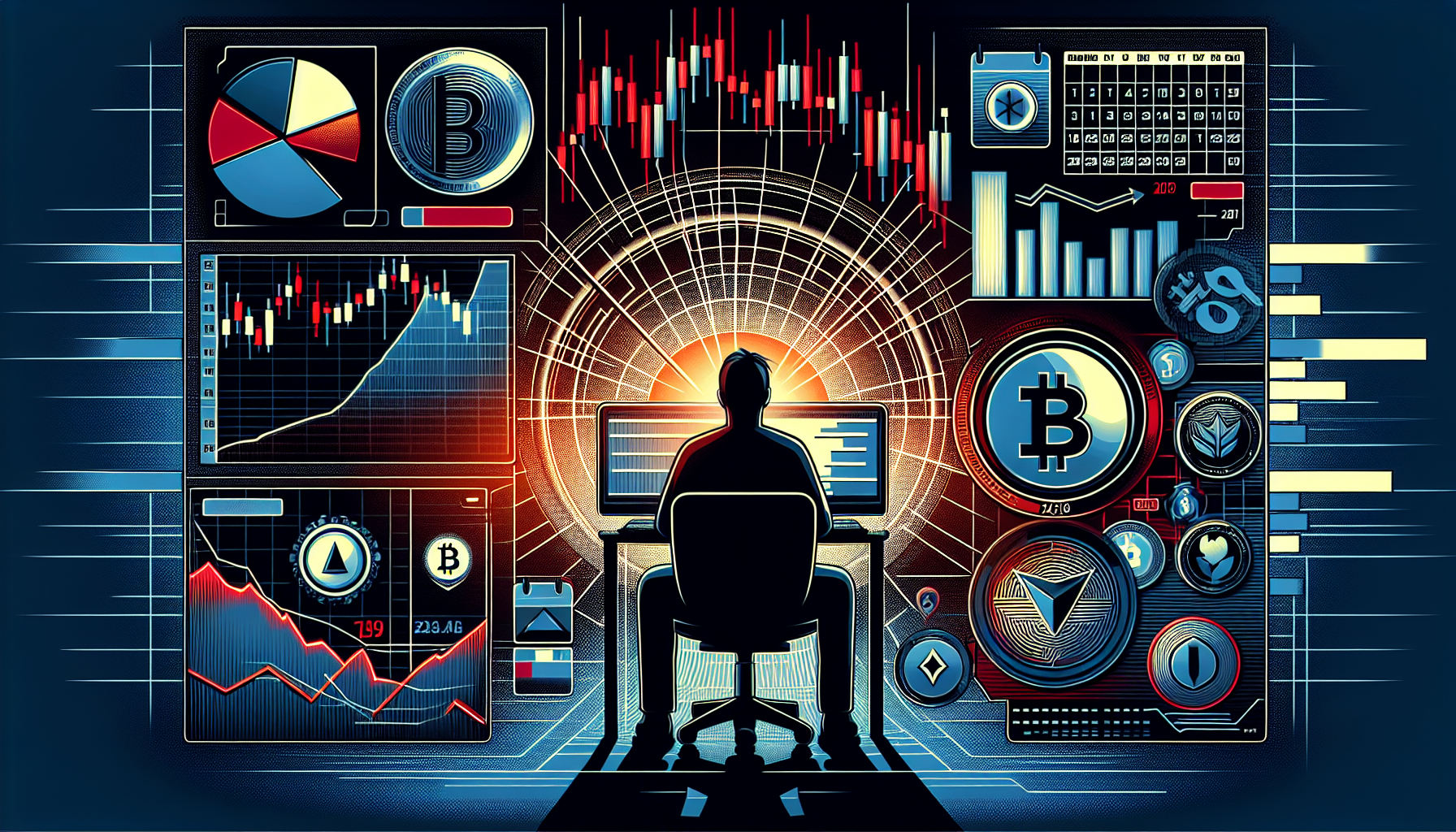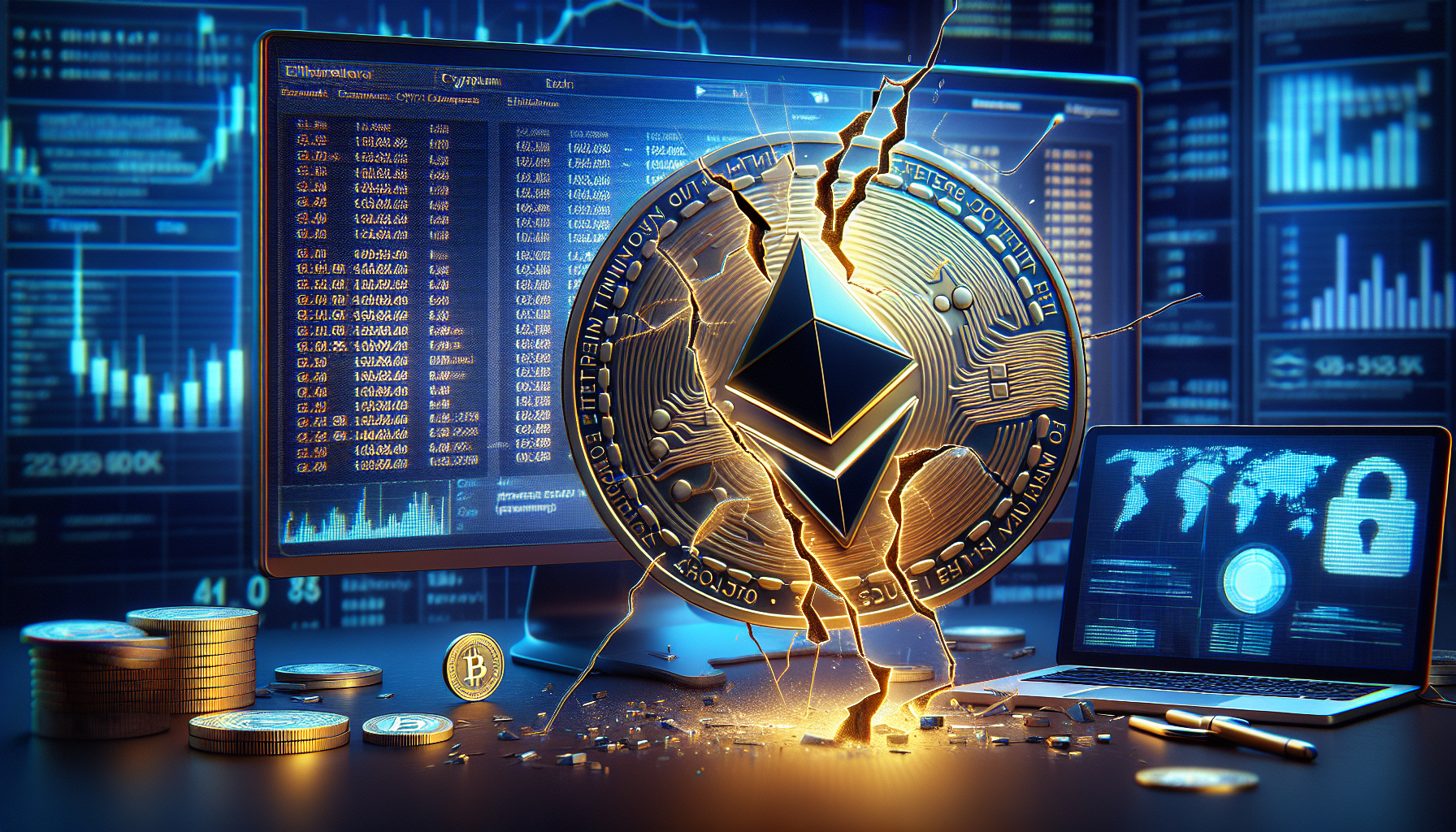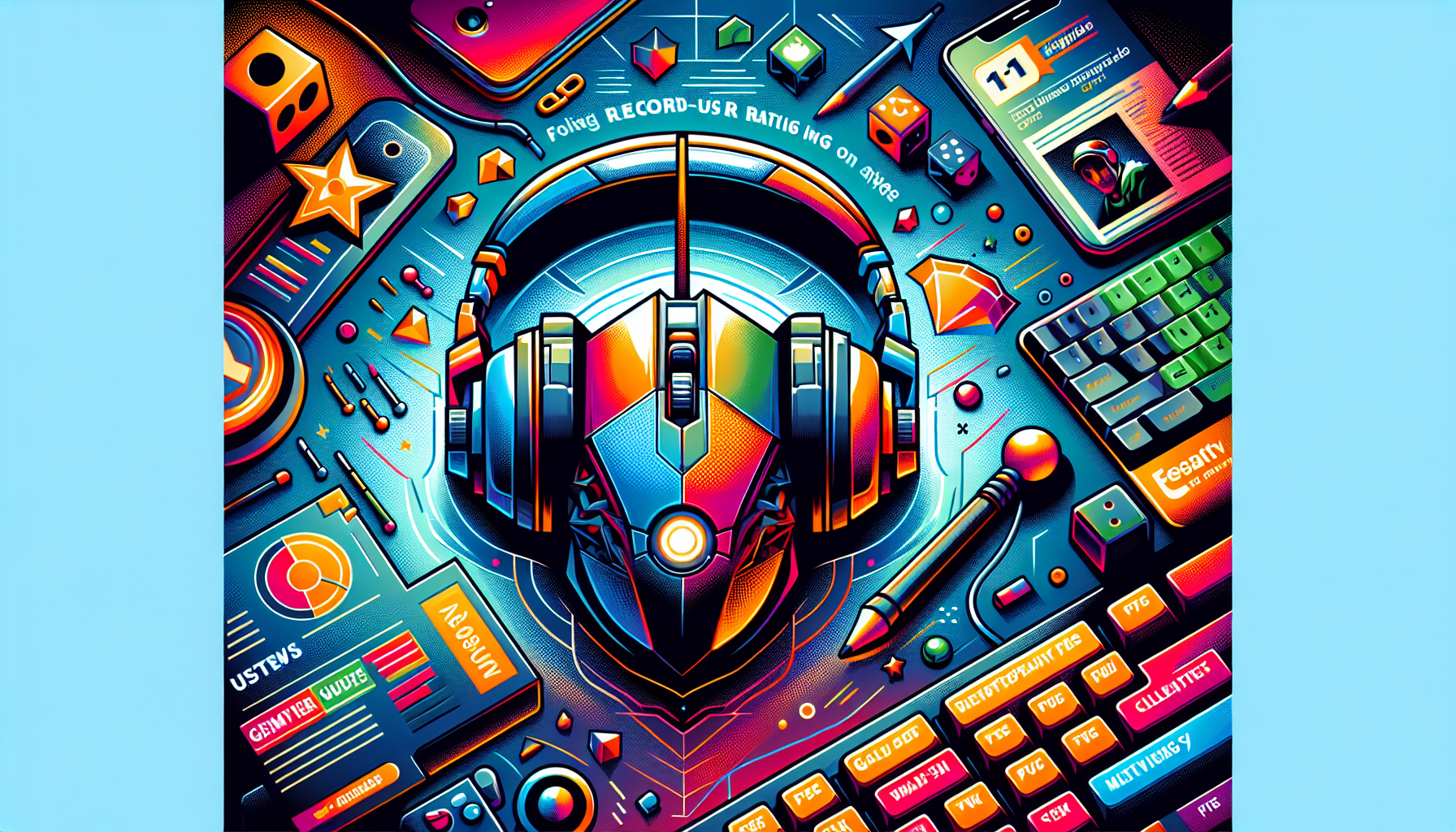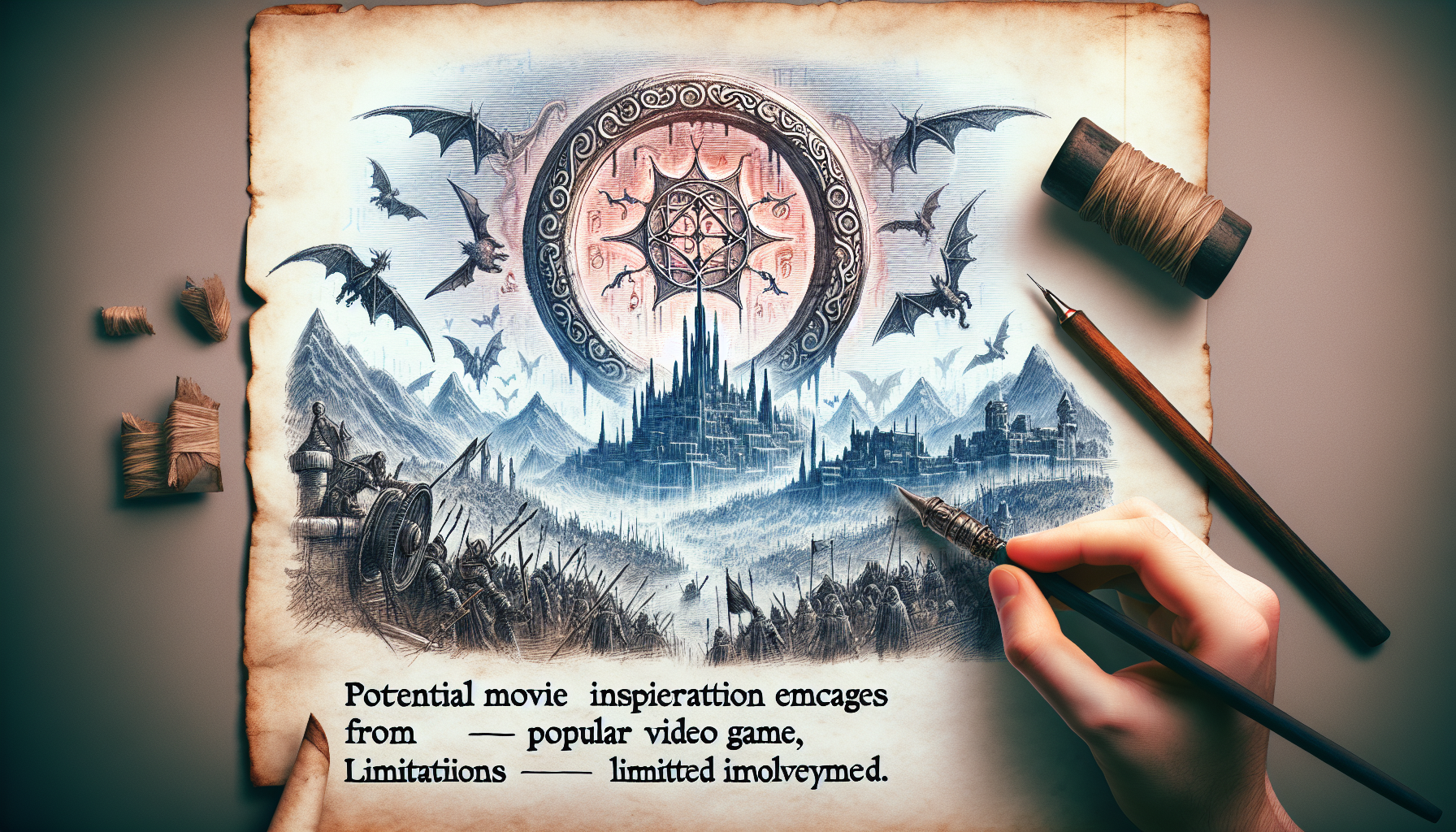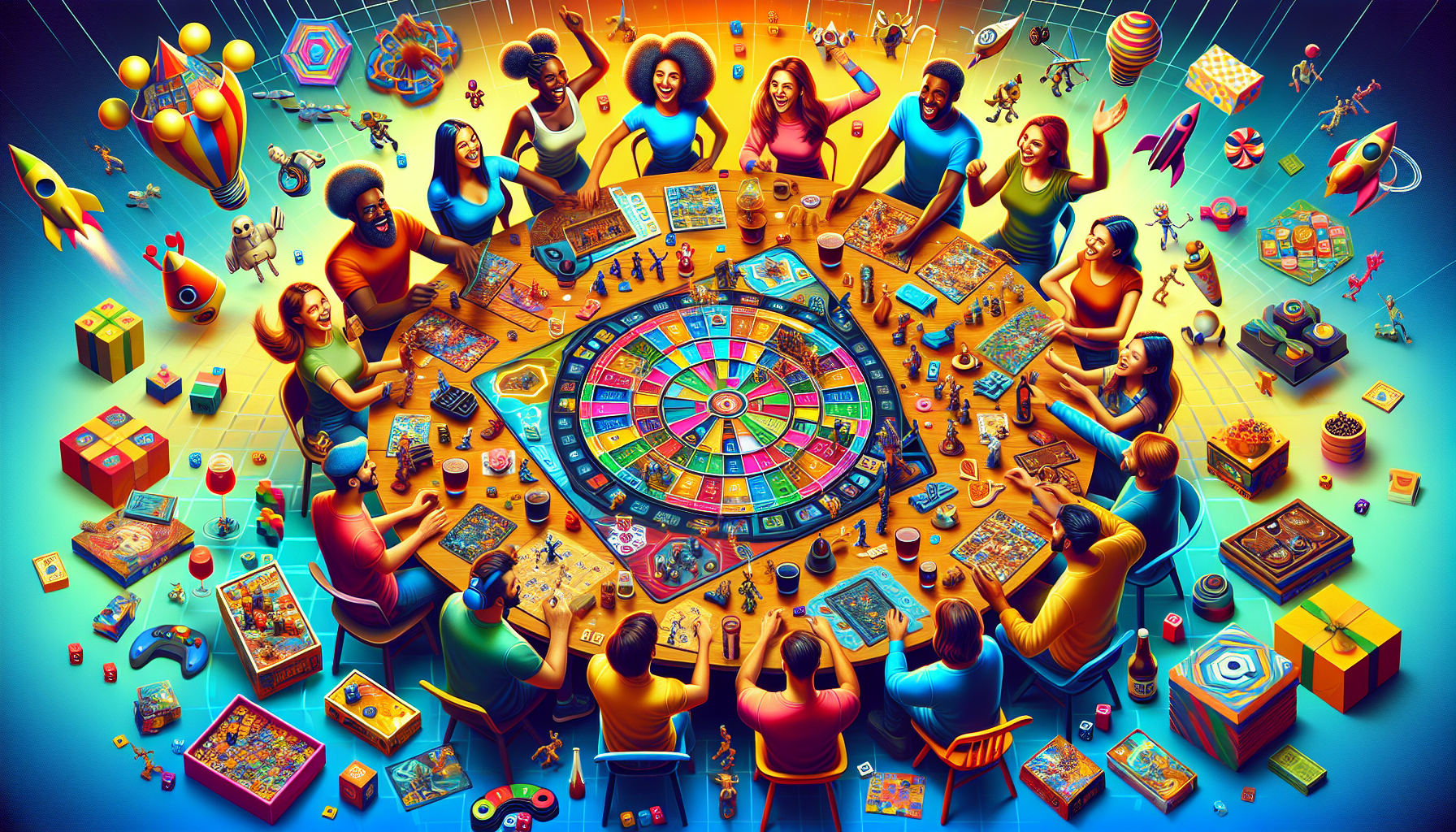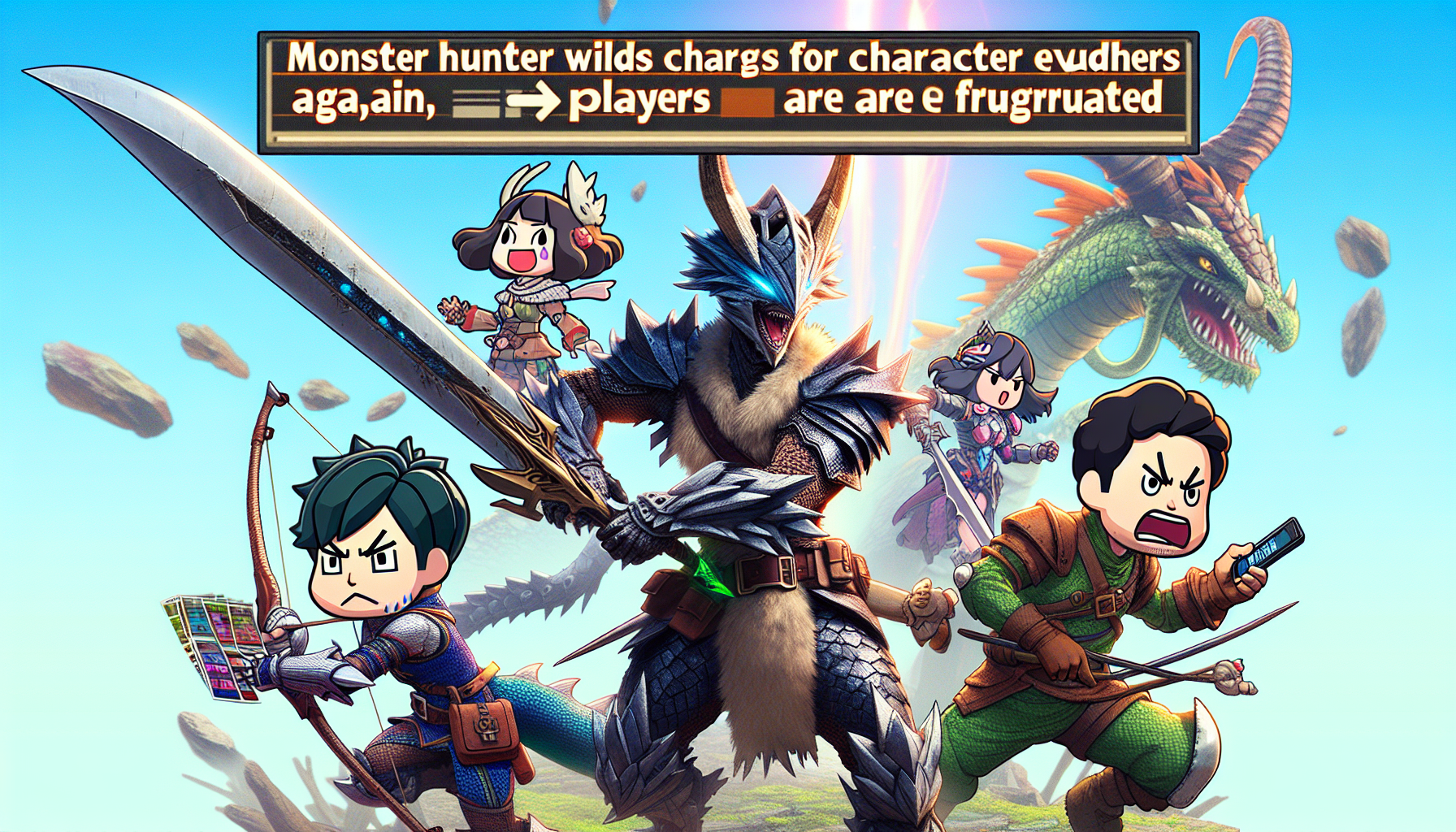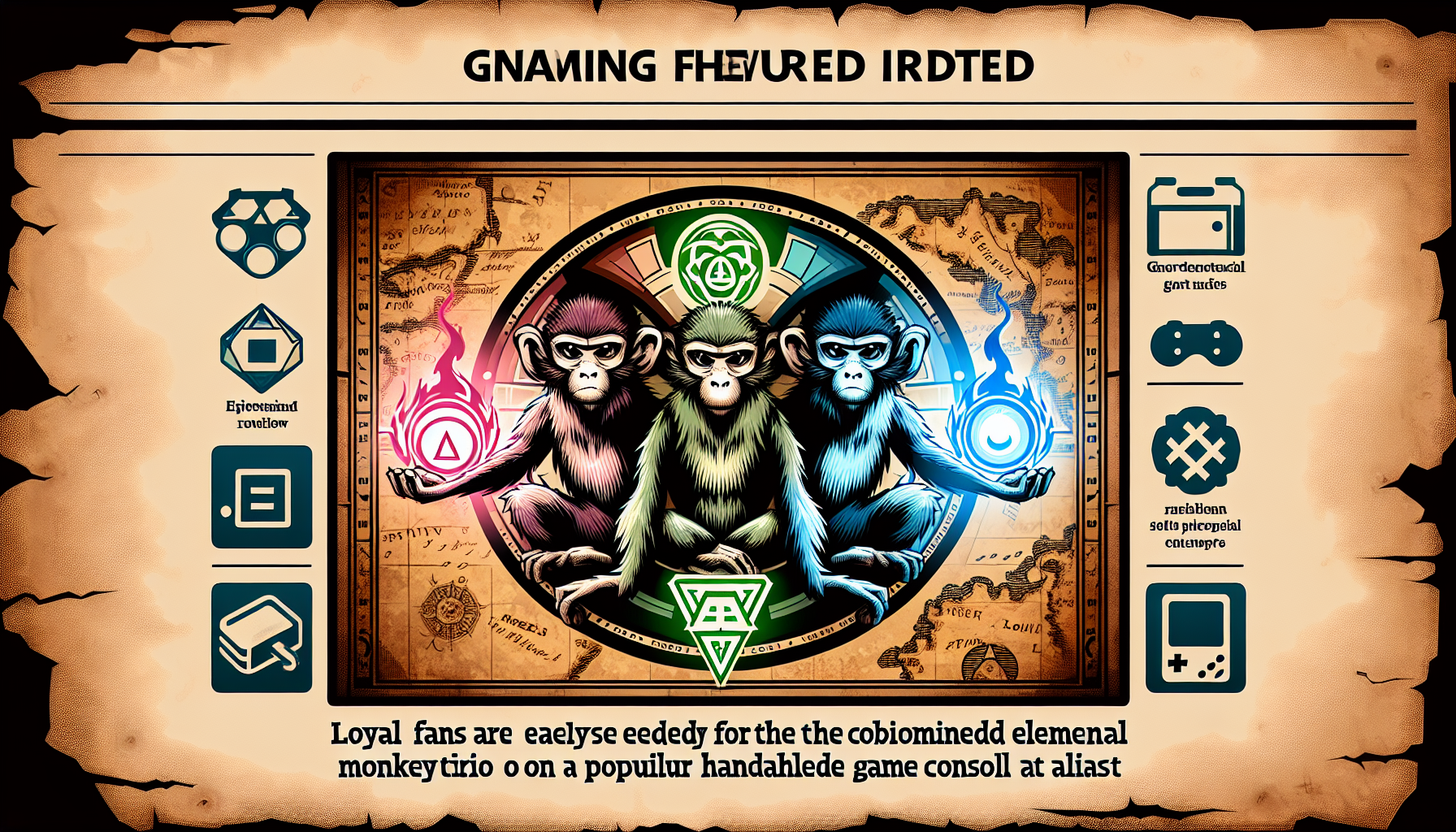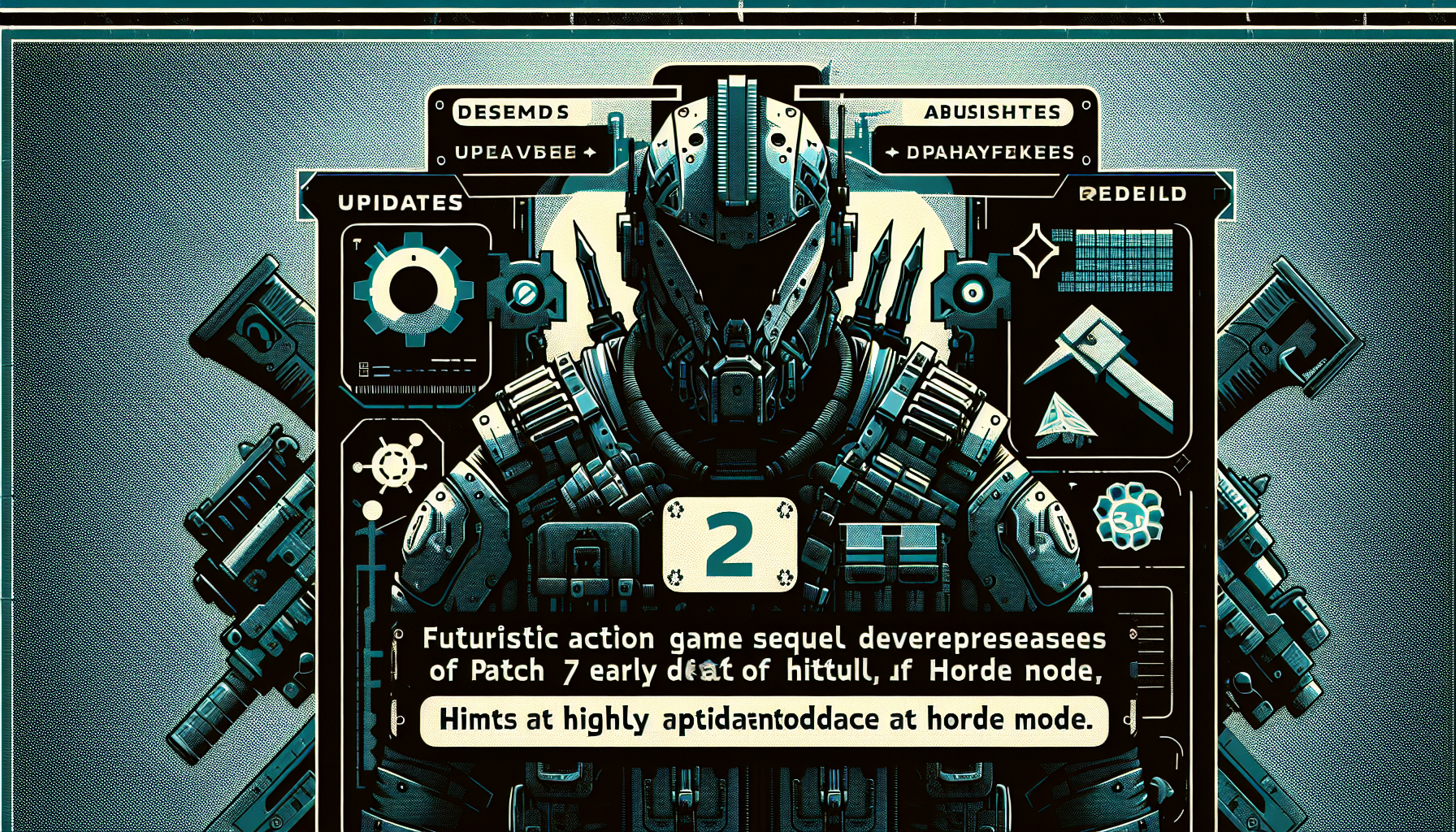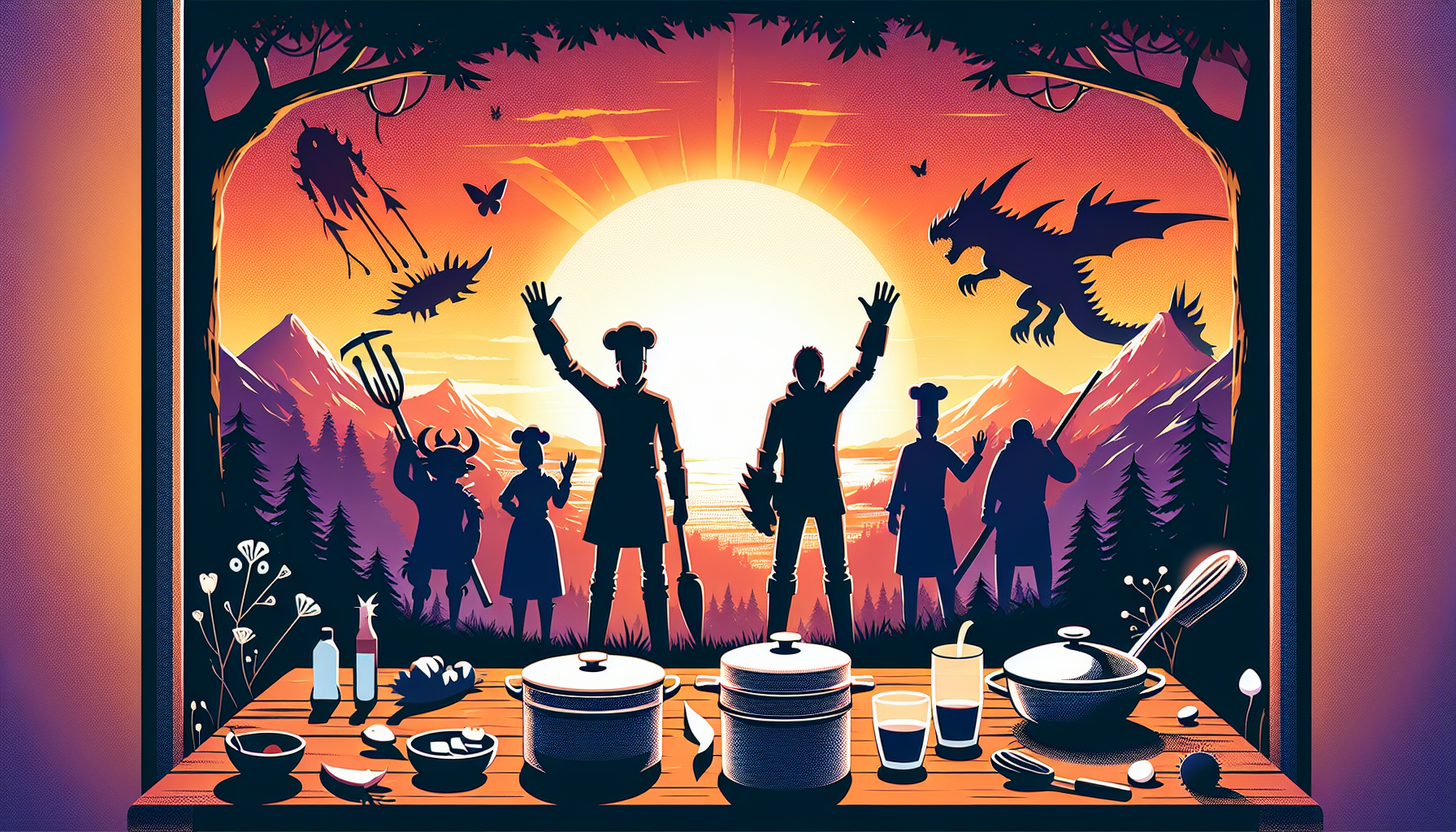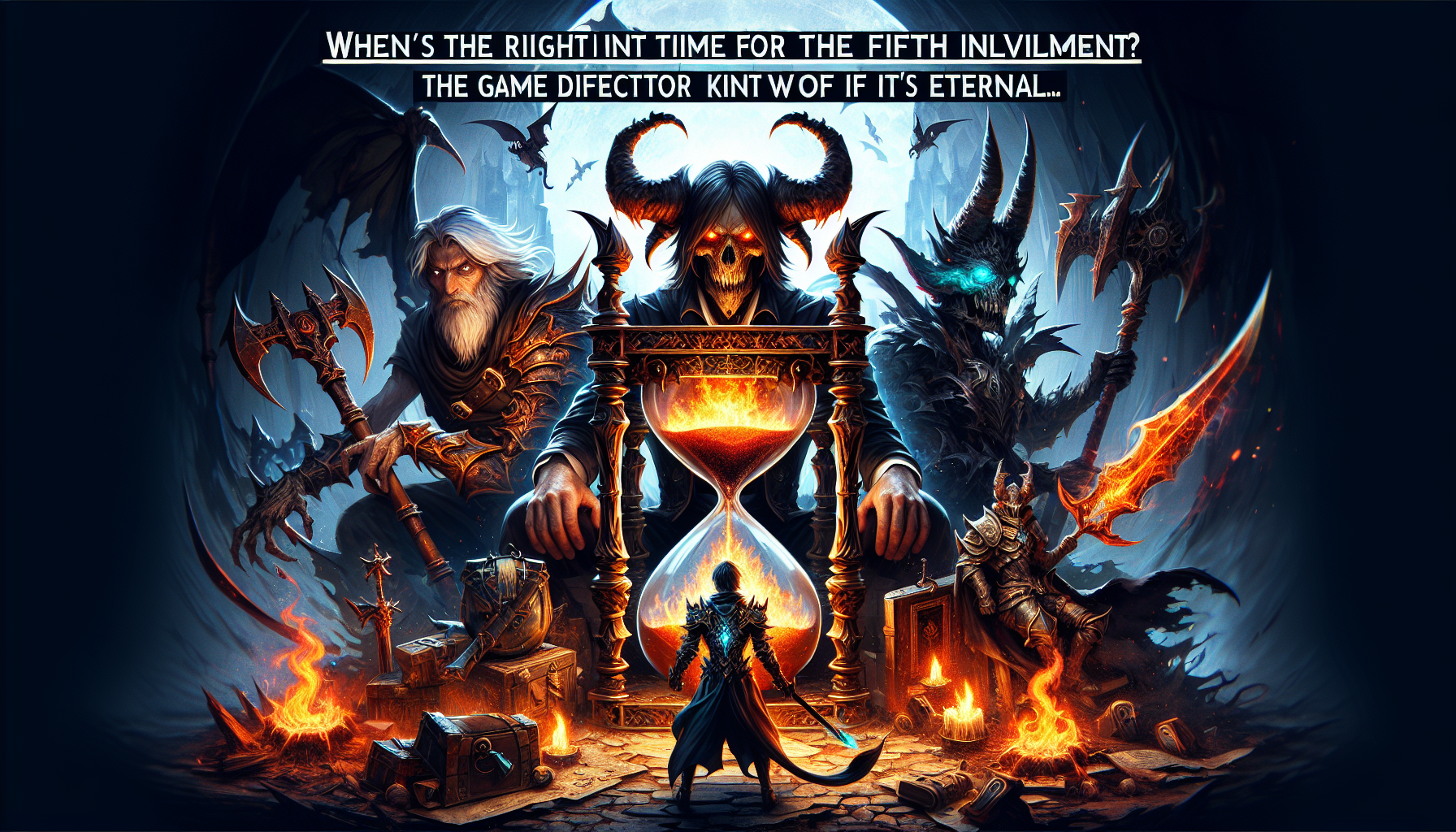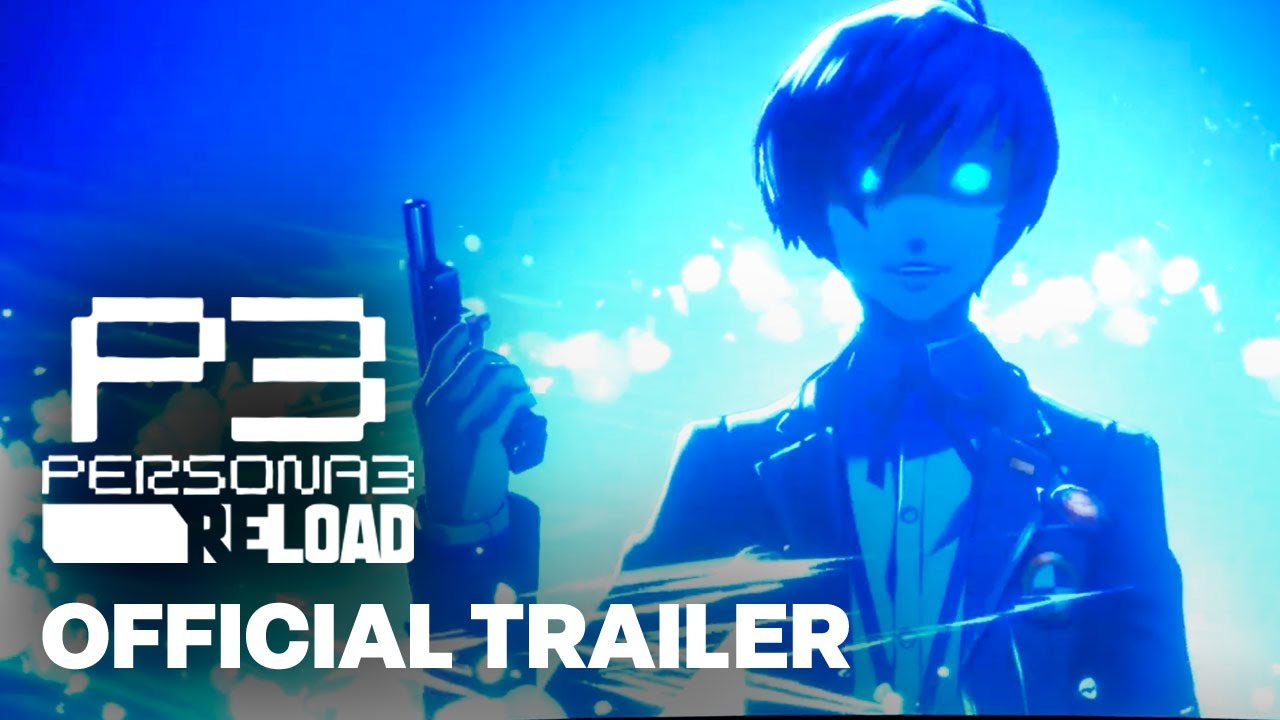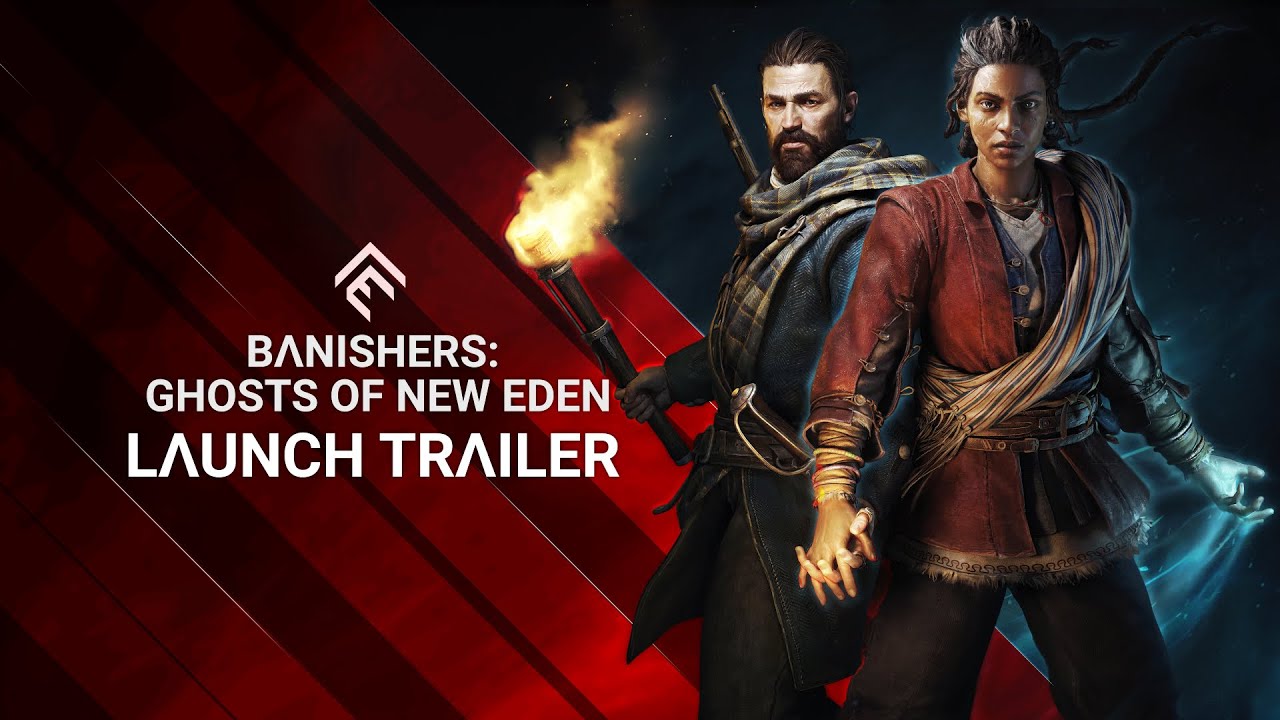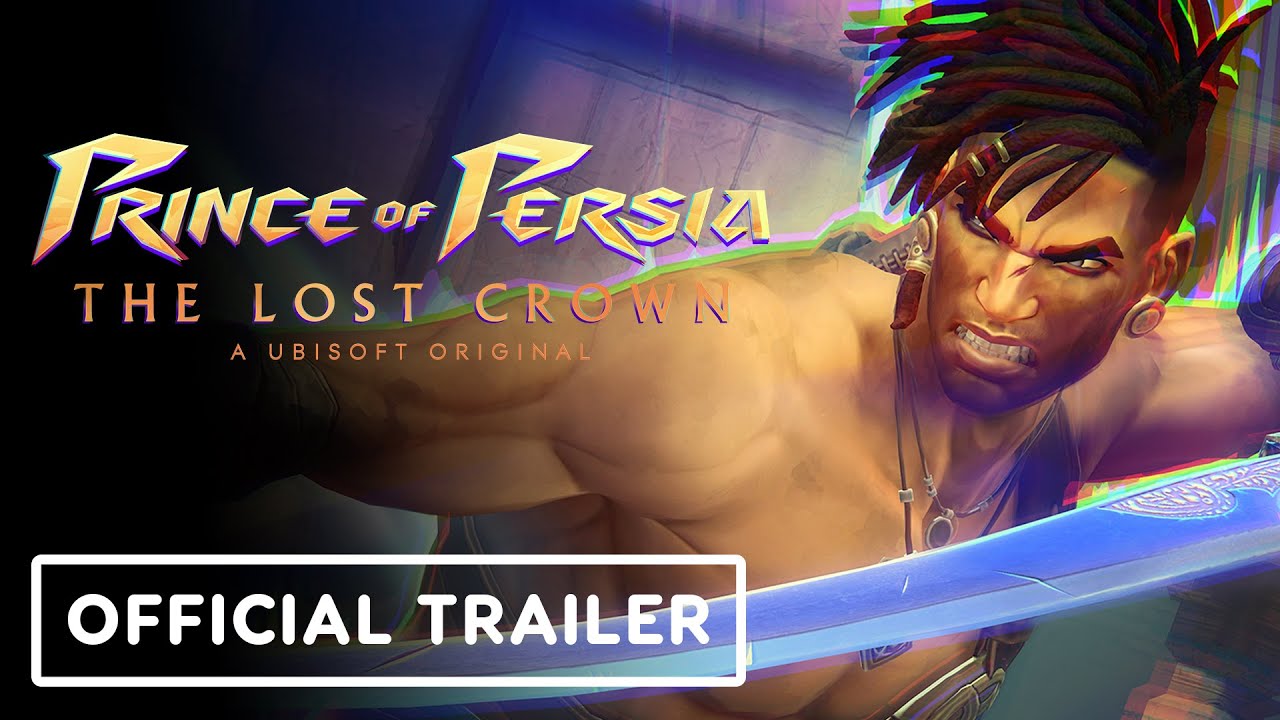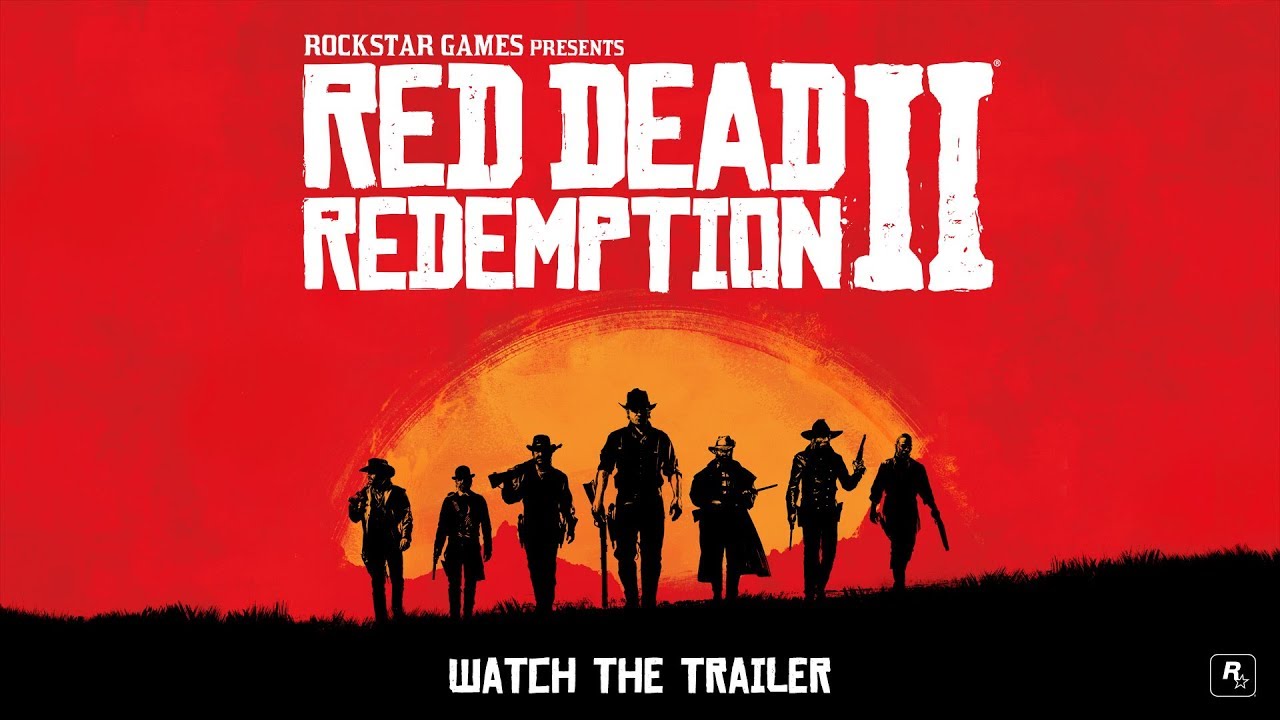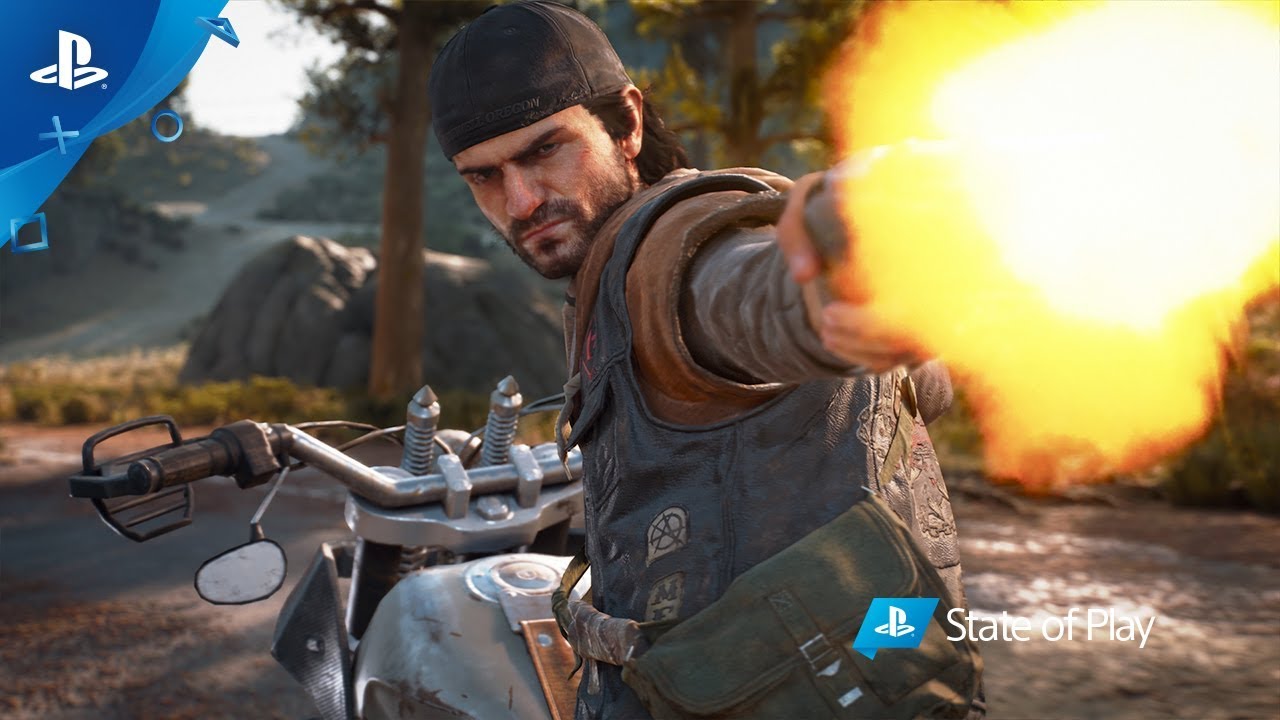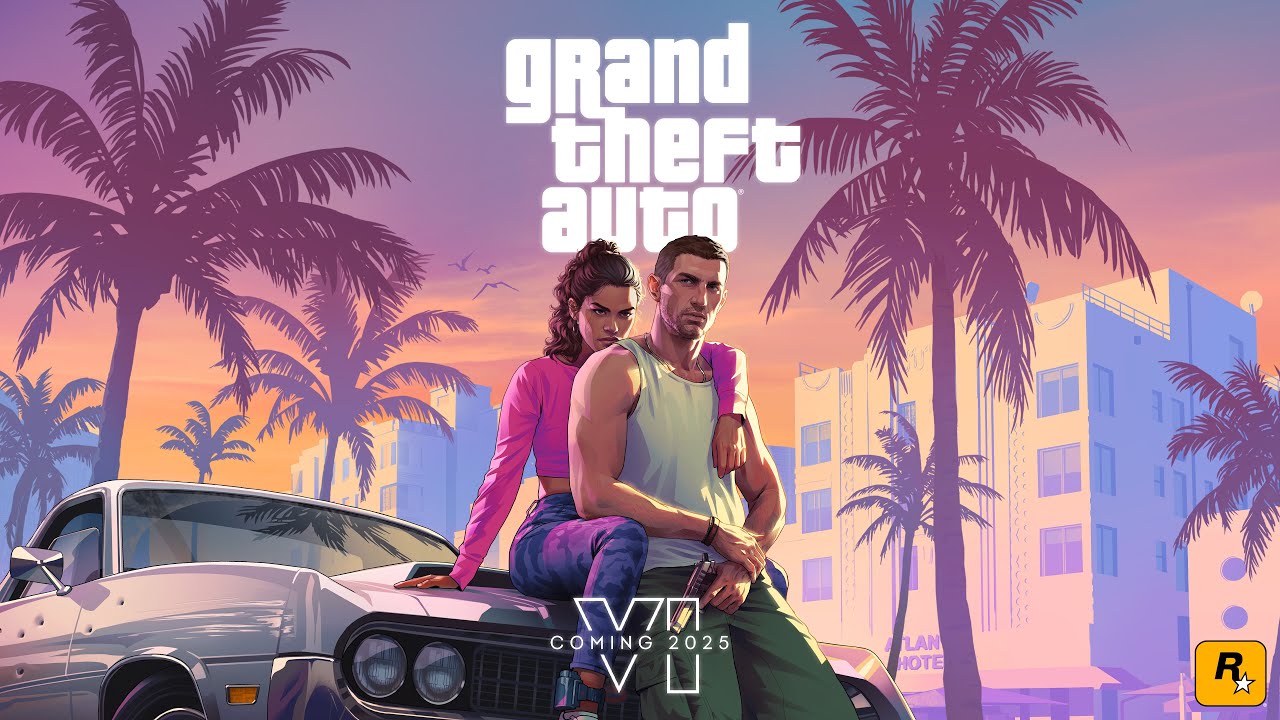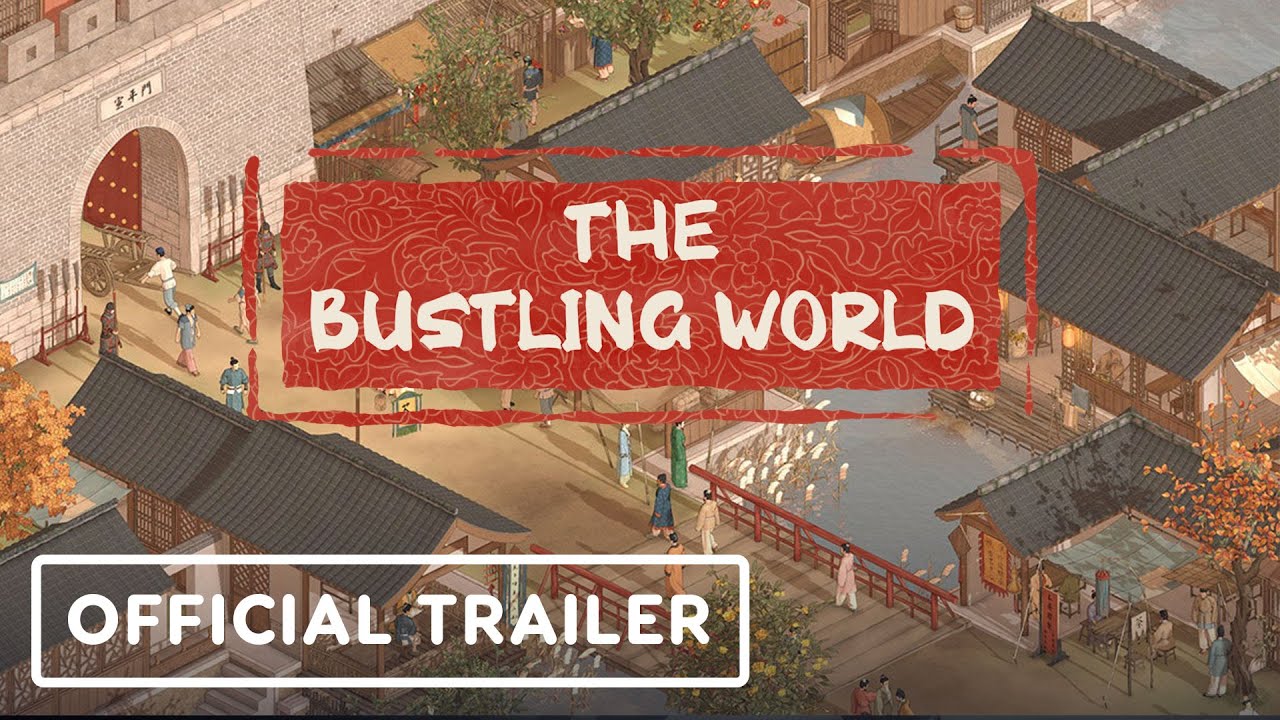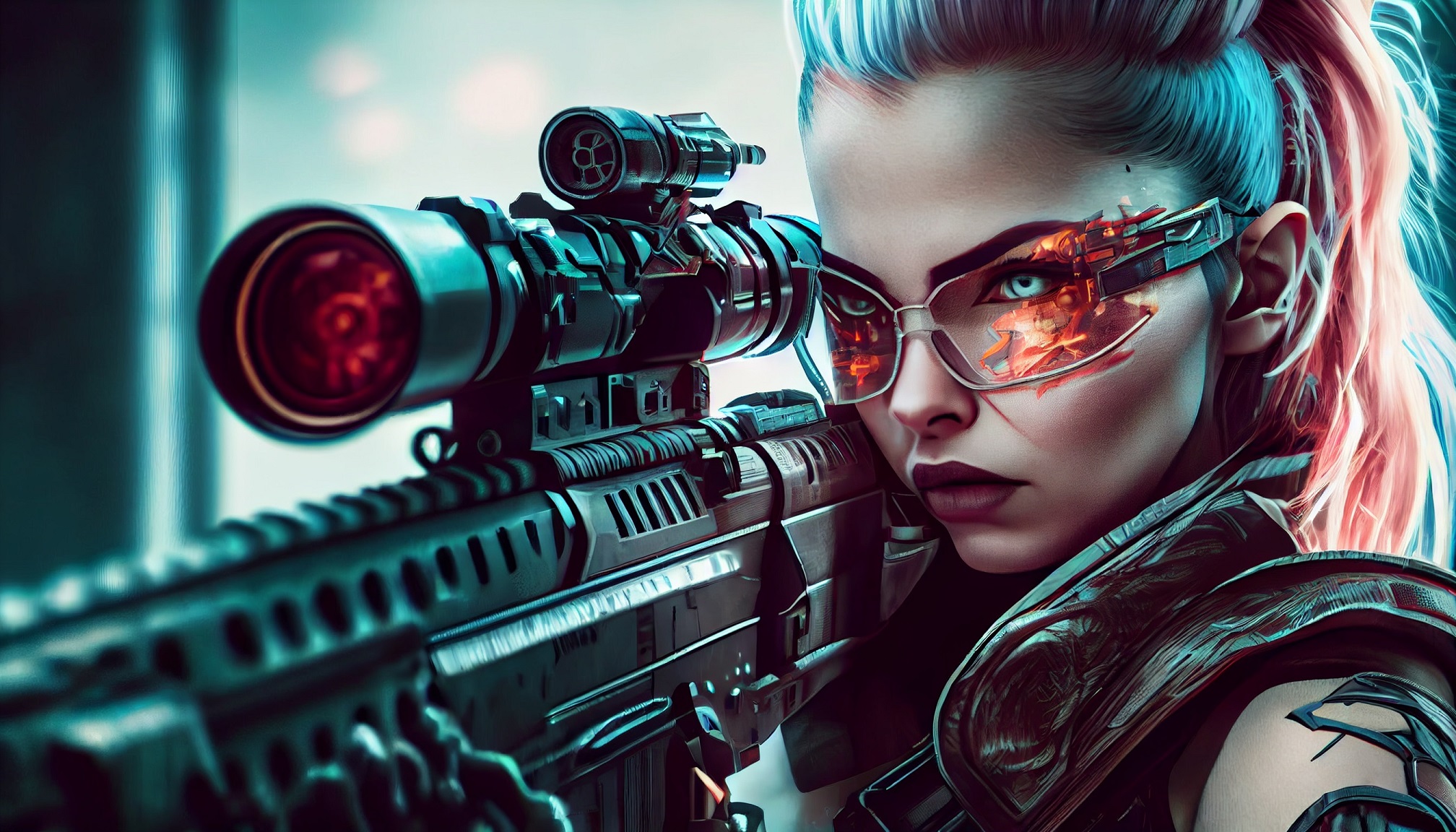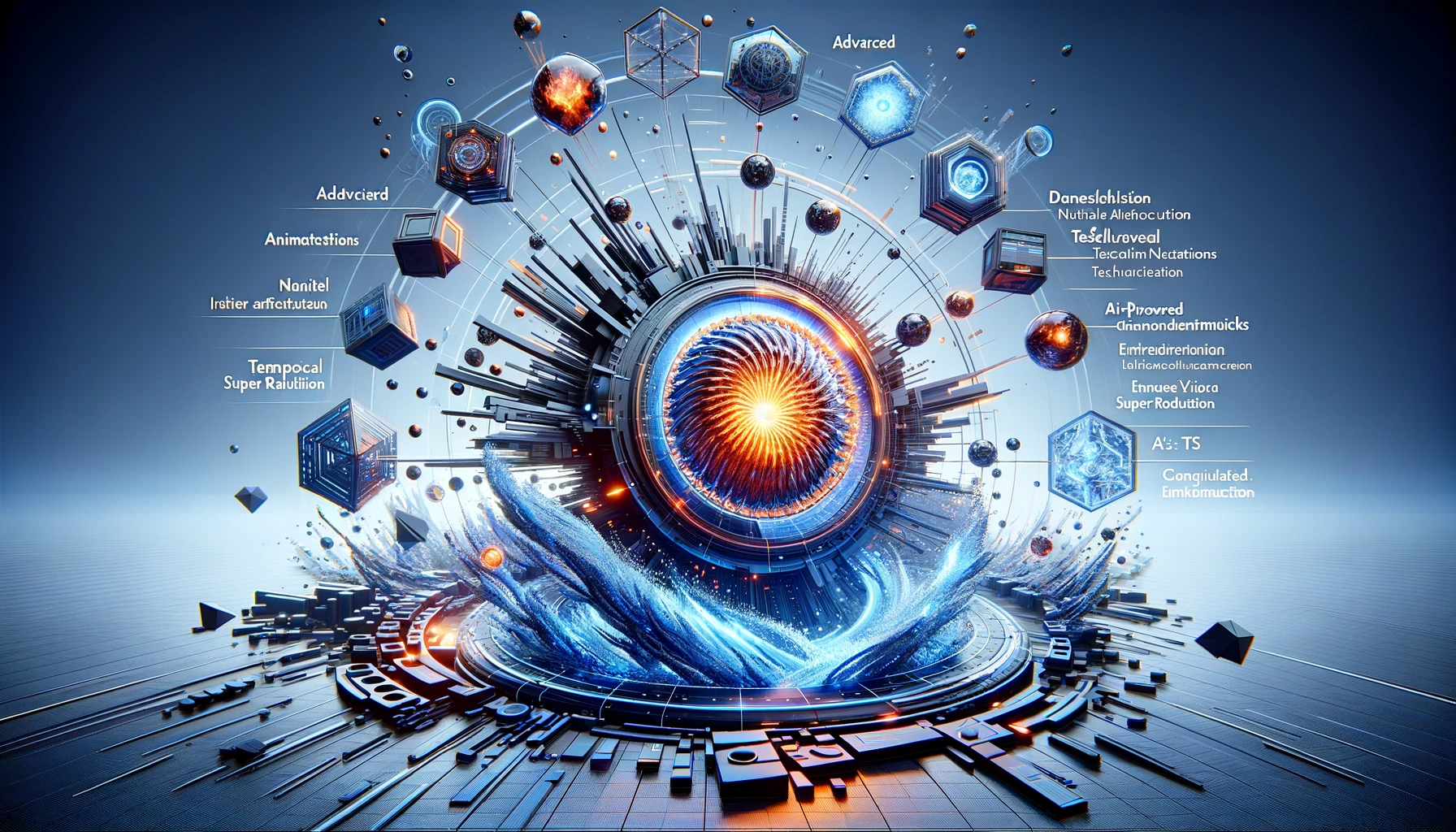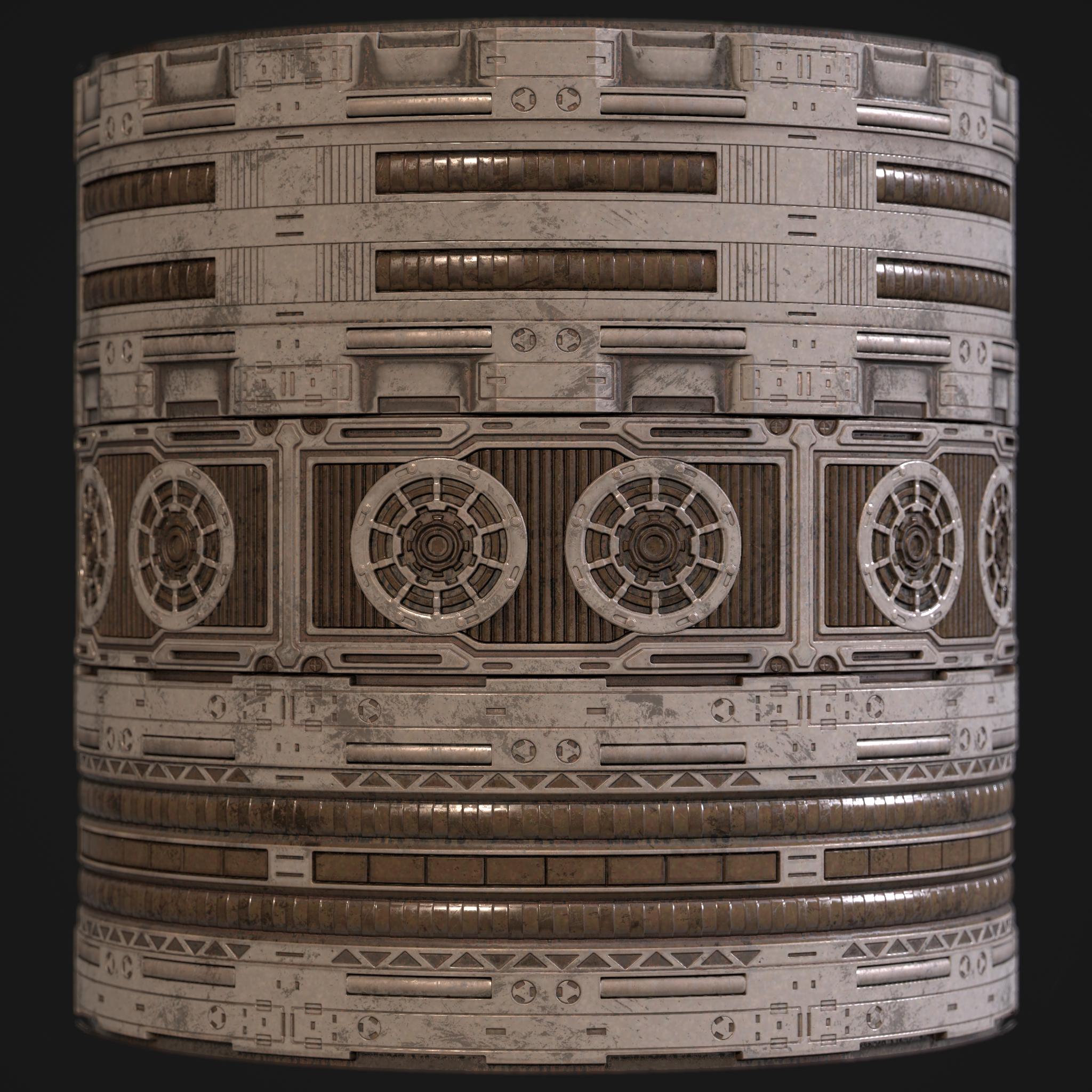**How Anime Has Influenced Western Video Game Development: A Deep Dive**
The world of entertainment has seen an exciting cross-cultural pollination over the past few decades, where various elements of distinct art forms have fused seamlessly. One such melding has taken place between the visually dynamic, emotionally charged world of *anime* and the expansive, interactive realm of *video games.* While anime has had a massive cultural impact in its country of origin, Japan, this influence has quietly, yet steadily, permeated the world of Western game development. From narrative techniques and character design to game mechanics, *anime has left an indelible mark on Western video game creations.*
In this article, we’ll explore how anime has molded and transformed Western video games, bridging the gap between two major entertainment forms and creating a unique hybrid for players to enjoy. Let’s dive into these crucial areas where anime’s influence on Western gaming is unmistakable.
### 1. **The Rise of Japanese Animation: A New Aesthetic Dawn**
Anime’s captivating *visual style* is the first noticeable influence that has transcended into game development in the West. With exaggerated expressions, meticulous attention to emotional nuance, and a strong reliance on *facial and character design,* anime offers a unique aesthetic that contrasts the more realistic tendencies of Western cartoons and films. However, Western game developers—keen to break out of the hyper-realistic graphics that have dominated AAA titles—have turned increasingly to anime-inspired stylization.
Take for instance **”The Legend of Korra”** and **”Avatar: The Last Airbender.”** Though not technically anime by definition (since the shows were created in the U.S.), these franchises drew heavy inspiration from anime art styles of *Shounen* and *Seinen.* When such shows were adapted into video games, developers followed suit with anime-inspired *cel-shading visuals* where shadows and light mimic hand-drawn animation, as well as vibrant character designs that possess that undeniable “anime” aura.
### 2. **Character Archetypes and Trope Integration**
Western video game developers have increasingly borrowed the well-established *character archetypes* from anime. In anime, you’ll often encounter the *Tsundere,* the *Underdog Hero,* the *Badass Anti-Hero,* and *The Quiet Genius,* all of which resonate deeply with audiences because of their emotional depth and complexity.
Consider the characters in **Blizzard’s “Overwatch,”** a game whose character designs, personalities, and intricacies have drawn clear inspiration from anime. Iconic characters like *D.Va*—a professional gamer turned mecha pilot—represent anime’s influence not only in visual aesthetics but in personality construction, detailed backstory, and thematic elements that give these heroes emotional weight.
You can also see clear anime archetype homages in **”Persona 5,”** an example of a JRPG that has found great success in the West and led developers to deconstruct *team dynamics,* *complex internal monologues,* and *anime-fueled relationships* as central game mechanics in their titles.
Additionally, Western games such as **”Final Fantasy XV”** display anime’s distinct love for *youthful protagonists* with *larger-than-life destinies*—a classic anime trope that has become increasingly prevalent in global narratives.
### 3. **Combat Mechanics and Special Abilities: Over-the-Top Action**
Anime’s penchant for *exaggeration* in combat sequences melds beautifully with the sense of *power fantasy* that many video games aim to provide. Whether it’s the *Kamehameha* waves in *Dragon Ball Z* or the sleek swordplay in *Samurai Champloo*, anime thrives on transforming everyday battles into dazzling, cataclysmic spectacles.
In Western video games, this has translated into developing more **dynamic combat systems**, such as cooldown abilities, special attacks, and action-packed combo moves that exude flamboyant energy. Games like **”Devil May Cry”** and **”Bayonetta”** manage to capture this flashy style—including frenetic pace and visually grandiose combat that seemingly draws direct inspiration from anime.
**”Nier: Automata,”** while developed by a Japanese team, was largely consumed by Western audiences, and used anime’s iconic set pieces to craft action-scenes where characters like *2B* perform gravity-defying moves that push boundaries, resonating with the expectations anime sets for epic, character-defining combat sequences.
### 4. **Narrative Storytelling and Epic Scopes**
Anime often prides itself on *deep, multi-layered storytelling,* featuring protagonists that embark on arduous and emotionally charged journeys. Many Western games existed primarily in the *action* or *adventure* genres without delving deeply into the player-character emotional journey. But anime, with its long-running series and arcs, has fostered in Western games a new focus on *personal growth*, *grit,* and *self-discovery*.
For instance, take **FromSoftware**’s smash hit **”Dark Souls”**, which pulls from Western RPG traditions but implements **”anime philosophy”** on endurance, character struggle, and finding meaning in the midst of grand epic challenges. The quiet, reflective tones present in “Dark Souls” echo the *Shonen storytelling formulas*, where characters undergo physical and psychological torment—emerging stronger on their personal quest, much like an anime hero in works such as *”Naruto”* or *”Attack on Titan”.*
Another game worth mentioning is **CD Projekt Red’s “The Witcher 3: Wild Hunt”**, which, while based on a Western novel series, has undeniable anime-like emotional resonance. Its mixture of light-hearted moments, grim fate, and intense character interactions gives the game a cinematic effect akin to many anime series that oscillate between humor, action, and darkness.
### 5. **Incorporation of Japanese Culture and Eastern Philosophies**
With anime embedded deeply into Japan’s own cultural artistry, another unique way anime has influenced Western games is by exposing developers to distinct **Eastern philosophies**, which then get subtly infused into often contrasting Western narratives. For example, themes of **self-sacrifice, fate, cyclical suffering, and finding peace** – foundational elements of Buddhism or Shinto philosophy – often appear through anime, and consequently creep their way into strategic and world-building elements in game narratives.
For example, **”Hellblade: Senua’s Sacrifice”** incorporates symbols of mental anguish and personal atonement in its gameplay, with an anime-inspired poetic sense of loss and redemption that’s unique for a Western game. Developers are seeking to reflect deeper, *metaphysically-driven story arcs* reminiscent of the intense emotional exploration that anime like *”Ghost in the Shell”* and *”Neon Genesis Evangelion”* provide.
### 6. **Anime-Franchised IPs in Western Markets**
Lastly, it’s impossible to neglect the *direct pathway* by which anime culture has influenced Western markets—through licensed anime *IPs like Dragon Ball, Naruto, and Sword Art Online, released as video games* across all platforms. Western players are intimately familiar with crossover releases combining popular anime universes with traditional hack-and-slash or RPG formats, reviving teleseries into interactive experiences.
Titles like **”Dragon Ball FighterZ”** have successfully meshed well within the competitive eSports scene, while former anime-licensed video games like **”Naruto: Ultimate Ninja Storm”** have introduced new Western players to the vivid, emotional, and fantasy-packed anime worlds they previously could only enjoy on screen.
### Conclusion: A Fusion of East and West
Anime’s influence on Western video games is far-reaching. As globalization connects gamers from all regions of the world, this ongoing cultural cross-pollination will only further blend the game development philosophies and techniques of the East and West. The next time you sit down to play a fast-paced action RPG or admire a game’s stylized, fantasy-world character art, you may just spot an ode to anime—whether it’s a daring battle, a coming-of-age protagonist, or an epic world overflowing with magical realism.
In the world of entertainment, boundaries continue to blur, leaving exciting, new frontiers for video games to explore far beyond their traditional borders. And alongside them marches anime, forever setting new standards for both the fantastic and the emotional.
—
**Keywords**: anime influence on video games, Western video games, anime-inspired design, anime character archetypes in games, anime game aesthetics, anime culture’s video game impact, Western game development, blending anime and gaming
